In the quiet hours before dawn, while most of the world still sleeps, a retired teacher in Dorset is already pulling on her wellington boots and reaching for her binoculars. She isn't heading out for a solitary walk; she is beginning her weekly survey for the British Trust for Ornithology, a ritual she has maintained for fifteen years. Several time zones away, a software engineer in Bangalore takes a photograph of an unusual butterfly in his garden, uploading it to a biodiversity platform with a few taps on his smartphone. These individuals, separated by geography and profession, are united by a common purpose: they are citizen scientists, and they are quietly revolutionizing the field of conservation.
The term citizen science describes the collaboration between volunteer public participants and professional scientists in scientific research. It is a partnership that democratizes knowledge, breaking down the ivory tower of academia and inviting everyone to contribute to the grand project of understanding our natural world. This is not a new concept; amateur naturalists like Charles Darwin or the countless Victorian collectors were, in essence, citizen scientists of their era. What is new, however, is the scale, scope, and sheer transformative power that modern technology has bestowed upon this age-old practice.
For conservation biology, a field often racing against time to document declines and implement protections, this influx of volunteer effort is nothing short of a godsend. Professional researchers and funded institutions are perpetually stretched thin, limited by budgets, personnel, and time. They cannot be everywhere at once. A single government ecologist might be responsible for monitoring vast tracts of land, an impossible task for one person. This is where the army of volunteers steps in, acting as an extended sensor network, a multitude of eyes and ears on the ground, capable of covering geographical and temporal scales that would be logistically and financially unfeasible for science to achieve alone.
The contributions of these volunteers are breathtaking in their volume and variety. Millions of bird observations submitted to platforms like eBird have created unprecedentedly detailed maps of avian migration and population trends, data that is critical for identifying important bird areas and lobbying for their protection. In the world's oceans, volunteers on holiday snorkeling trips photograph and identify reef fish, contributing to a global understanding of marine health. From their own backyards, people log the first bloom of flowers, the first arrival of pollinators, and the presence of invasive species, creating rich, long-term phenological datasets that are essential for tracking the impacts of climate change on local ecosystems.
Perhaps the most powerful aspect of this data collection is its ability to create baseline data. Conservation is often reactive; we notice a problem once a species is already in steep decline. But with continuous, widespread monitoring by citizens, scientists can establish what 'normal' looks for a given area. They can detect subtle shifts and worrying trends early, providing a crucial early-warning system. This baseline is the foundation upon which effective, proactive conservation strategies are built, allowing for intervention before a situation becomes a crisis.
Beyond the raw data points on a spreadsheet, the impact of citizen science on conservation is profoundly human. The act of participation is, in itself, a form of conservation. A person who spends their weekend surveying local butterflies is far more likely to develop a deep, personal connection to the patch of land they are studying. This connection fosters a sense of stewardship and responsibility. They become advocates, not just data points. They talk to their neighbors, they understand the threats of development or pollution more intimately, and they are more likely to support local and national conservation policies. This transformation from a passive observer to an active guardian is one of the movement's most significant and often overlooked achievements.
Furthermore, citizen science builds vital bridges between the scientific community and the broader public. It demystifies science, showing it to be a process of curious inquiry rather than a collection of immutable facts. This engagement builds public trust in scientific findings, which is increasingly important in an era of misinformation. When communities collect data about their own environment, they have ownership over that knowledge. They are more likely to trust the conclusions drawn from it, making them stronger allies in implementing conservation measures based on that science.
Of course, the model is not without its challenges. Skeptics have rightly questioned the accuracy and consistency of data collected by non-experts. A misidentified bird or an incorrectly measured tree can introduce noise into a dataset. However, the field has evolved sophisticated methods to mitigate these concerns. Rigorous training protocols, photo verification, built-in data quality checks, and statistical models that can account for observer bias have become standard. The consensus among researchers is that the immense quantity of data, when properly managed, far outweighs the potential for error. The signal emerges powerfully from the noise.
Looking forward, the potential of citizen science is boundless. Emerging technologies like artificial intelligence are beginning to assist volunteers with species identification from images and audio recordings, making participation easier and data even more reliable. Environmental DNA (eDNA) sampling, where volunteers can collect water or soil samples for lab analysis, is opening up new frontiers for detecting rare and elusive species without ever seeing them. The network is expanding, becoming more inclusive, and tapping into the collective power of global curiosity.
In the final analysis, citizen science represents a powerful paradigm shift. It moves conservation from a narrative of loss and desperation to one of collective action and hope. It proves that the fate of the natural world is not solely in the hands of a few experts in lab coats, but is a responsibility shared by all of us. Every logged observation, every uploaded photo, every hour spent monitoring is a vote for a world that is seen, understood, and valued. The retired teacher in Dorset and the engineer in Bangalore may never meet, but together, they are weaving a vast, intricate tapestry of knowledge—a testament to what we can achieve when we choose to pay attention, together.
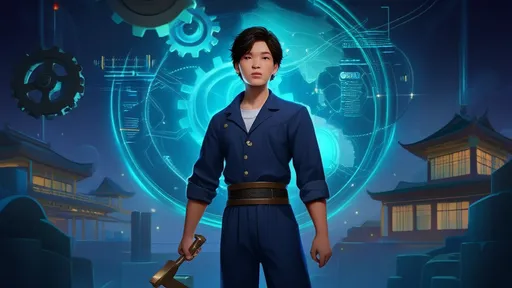
By /Aug 21, 2025
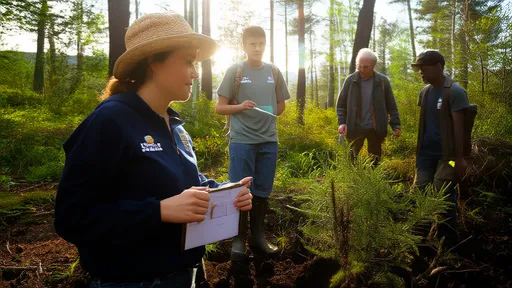
By /Aug 21, 2025

By /Aug 21, 2025
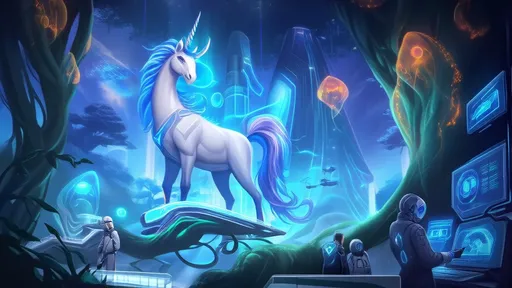
By /Aug 21, 2025

By /Aug 21, 2025
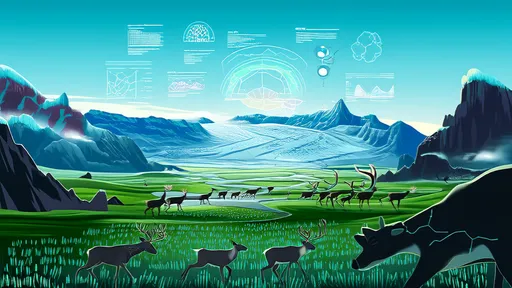
By /Aug 21, 2025
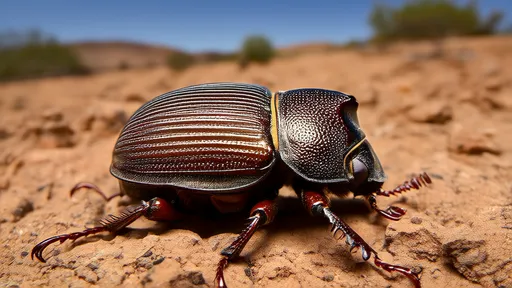
By /Aug 21, 2025
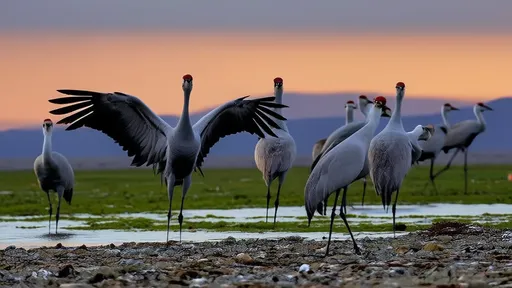
By /Aug 21, 2025
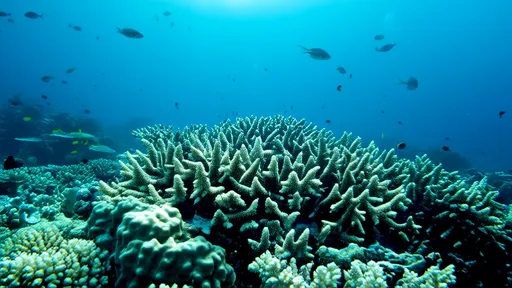
By /Aug 21, 2025
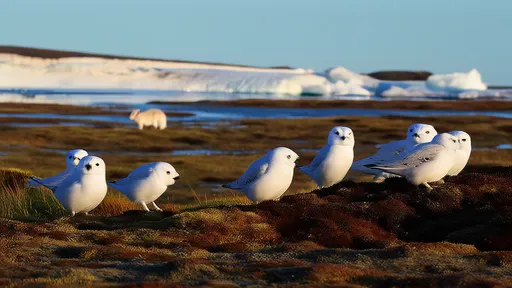
By /Aug 21, 2025
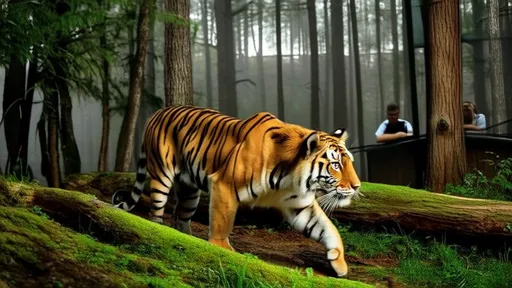
By /Aug 21, 2025

By /Aug 21, 2025
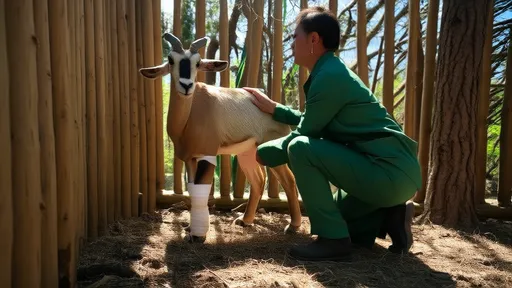
By /Aug 21, 2025

By /Aug 21, 2025
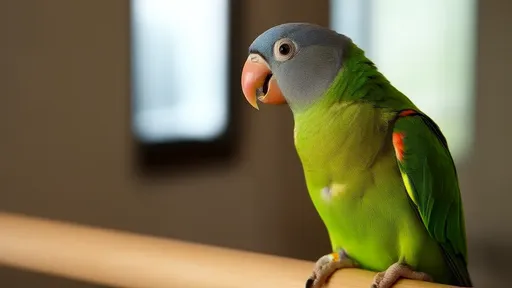
By /Aug 21, 2025
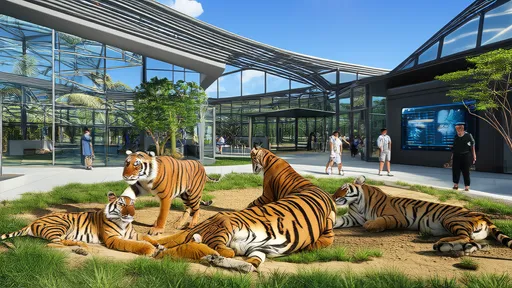
By /Aug 21, 2025
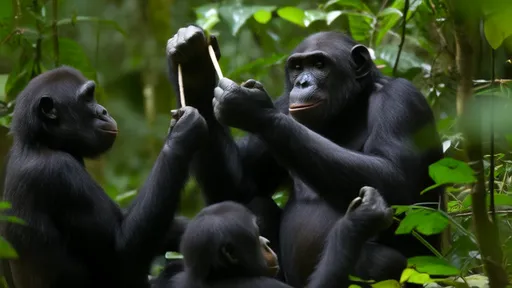
By /Aug 21, 2025
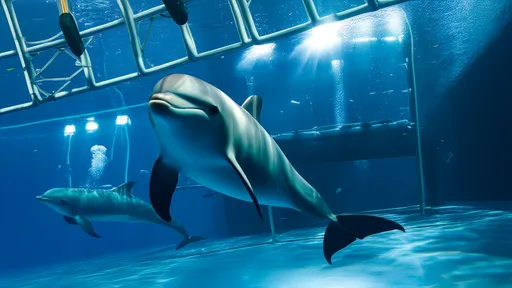
By /Aug 21, 2025
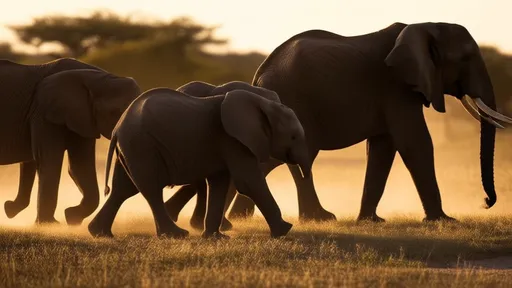
By /Aug 21, 2025
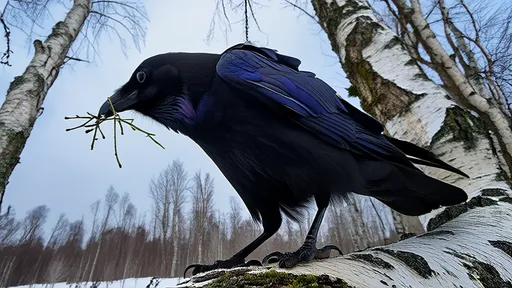
By /Aug 21, 2025